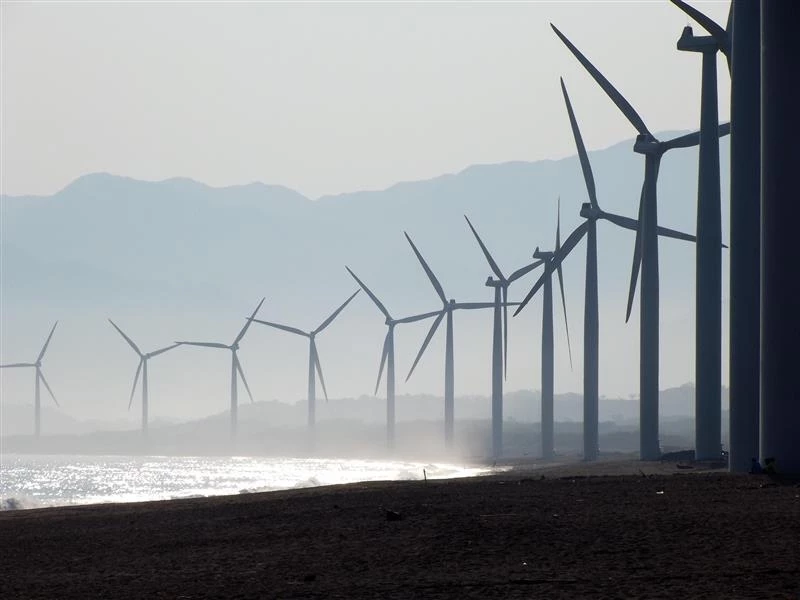The governments of Indonesia and Australia have signed a free trade deal, titled the Indonesia-Australia Comprehensive Economic Partnership Agreement (IA-CEPA) earlier this year, aiming to strengthen bilateral trade ties between the two countries. This deal has presented a strong optimism for Australian companies to further grow their business in Indonesia, although the agreement is subject to ratification in both countries,
Indonesia has been a close and engaging market for Australia. Furthermore, Indonesia is projected to be the world's fifth-largest economy by 2030, and the free trade deal will ensure stronger economic cooperation and share in Indonesia's growth for Australia.
Expecting stronger meat & livestock exports
Indonesia is currently Australia's largest export market for live cattle commodity as well as the fifth largest export market for Australian boxed beef. The country is seen to have one the of largest beef markets in Asia with a forecasted 9% growth in its total consumption volume by 2022. In 2017, Australia exported more than 500,000 head of live cattle to Indonesia.
Nonetheless, the government strongly intervenes and highly regulates the meat and livestock industry in Indonesia. The recent live cattle importation regulation requires breeding cattle to cover 20% of cattle imported by private companies and for cattle farmers to work on a breeding program.
The new free trade deal is projected to deliver immediate or even gradual tariff reductions for boxed beef and live cattle product lines that weren't listed under the ASEAN-Australia-New Zealand Free Trade Area (AANZFTA). Moreover, the IA-CEPA will also carry less government's limitation for live cattle exports to get more liberalised access.
New market for Australian SMEs
Indonesia might become a potential market for Australian small-and-medium enterprises who seeks to reduce dependence and diversify its export region or market, given the large size of Indonesian market. Australian SMEs are currently looking at new attractive markets such as India (15%) and Germany (15%) as well as several markets within North Asia and Southeast Asia, including Hong Kong (12%), Indonesia (14%), South Korea (17%), and Singapore (18%), while the current biggest markets for Australia are New Zealand (34%), China (28%), and the United States (24%). Australian SMEs are now able to invest into Indonesian market with reduced cost due to the tariff cut from FTA deal. Indonesian government also encourages the establishment of new business so that SME can easily obey the regulation and kick off their business.
Wheat
Comprising around 40% market share, wheat becomes the single largest Australian agricultural export to Indonesia. Indonesia takes one-fourth of Australia's wheat export that reached US$ 1.2 billion, amounting to 4.2 million tons. The IA-CEPA will enable Australian feed grains to access the Indonesian market and gain more market share for imported wheat in Indonesia, with a total US$ 3.6 billion, from competing countries including Canada, Ukraine and USA.
Manufacturing
The Australian manufacturers could take the opportunity from this free trade agreement to move their manufacturing processes to Indonesia and bring the end-products to the Australia, for Indonesia has a less-expensive labor compared to Australia. Indonesia presents manufacturing capabilities to Australian businesses, since the country is included as one of the largest Industrial solution hubs in Southeast Asia. Moreover, Indonesia's manufacturing industries also accounted the largest contribution to national GDP, accounting for 20% of the total GDP in 2018, according to the Indonesia's Central Statistics Agency (BPS),
Working on the opportunities
By seeking ways to enlarge this complementarity and allow both countries to succeed together as partners, the IA-CEPA should go further than conventional trade agreements, in order to see the maximum impact of the agreement. Therefore, economic partnership through this agreement should encompass, in summary:
- Developing cross-border, integrated industries as well as value chains in goods and services which apply the comparative advantages of each country in supplying both domestic and third- country markets in the AEC, UK, EU, and China, that neither country could accomplish on its own.
- Building two-way investments, boosting Australian investments in Indonesia and strengthen Indonesian long-term investments in Australia. This point should be carried out by developing competitive markets, reducing risks and promoting investment opportunities, lowering barriers, along with joint ventures.
- Enabling larger sharing of knowledge and technology through coordinating standards and regulations; recognising qualifications; promoting joint ventures and business licensing; training and professional development cooperation; recognising intellectual property rights; building education; establishing dispute resolution mechanisms, and also encouraging movement of skilled labor between Indonesia and Australia.
- Acknowledging the direct association between investment in the services sector and capacity building, through enhanced formal education and training, technology transfer, on-the-job learning and professional development, as well as knowledge 'spillovers' which stream from the existence of international services firms.






